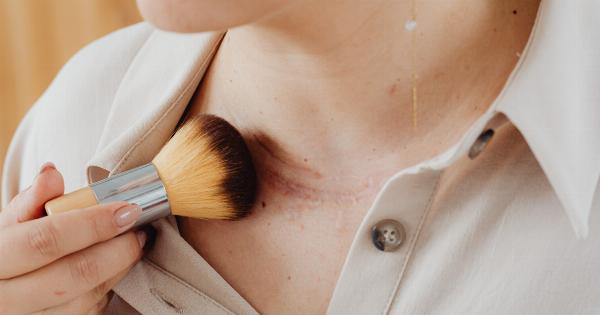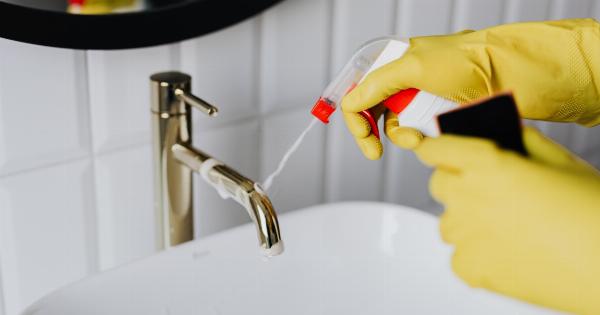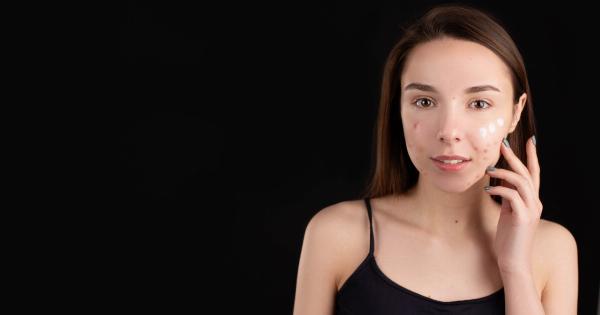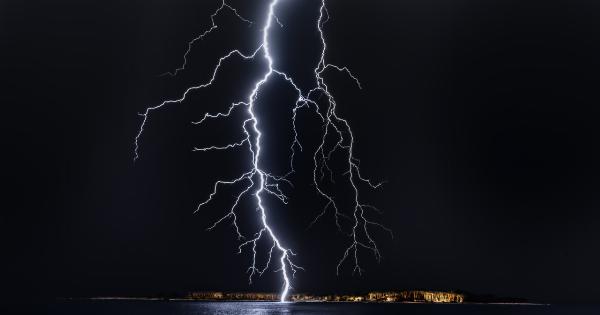Warts are small growths that appear on the skin. They are caused by a virus named human papillomavirus (HPV). Warts can be found on any part of the body, but mostly they grow on hands and feet.
Warts are not cancerous, but they can be painful and irritating.
Facts about Warts
Here are some facts about warts that everyone should know:.
Types of Warts
There are different types of warts. Some of them are:.
- Common Warts: These warts appear on hands, feet, and other parts of the body. They are small and have a rough surface.
- Plantar Warts: These warts grow on the sole of the foot. They are flat and have a rough surface. They can be painful as they grow inward.
- Flat Warts: These warts are small and flat with a smooth surface. They can grow on any part of the body but are more common on the face and limbs.
How are Warts Spread?
Warts are contagious and can be easily spread from person to person through direct or indirect contact. You can get warts by shaking hands with an infected person or touching an object that has the virus.
You can also get warts by walking barefoot on a surface that has the virus, such as a shower or swimming pool area.
Who is at Risk of Getting Warts?
Anyone can get warts, but some people are more susceptible than others. People with weakened immune systems, such as those with HIV or cancer, are more likely to get warts.
Children and teenagers are also more likely to get warts as they have a weaker immune system.
How to Prevent Warts?
You can reduce your chances of getting warts by following these measures:.
- Keep your hands clean and dry.
- Avoid sharing personal items like towels, razors, etc.
- Wear shoes when walking in public places like swimming pools, showers, etc.
Causes of Warts
Warts are caused by human papillomavirus (HPV), a contagious virus that infects the skin and causes cells to grow rapidly. The virus enters the skin through a cut or a scratch. Once it enters the skin, it multiplies and causes warts to grow.
The virus is more likely to infect people with weak immune systems, such as children, older adults, and people with HIV or cancer.
Symptoms of Warts
The symptoms of warts depend on the type of wart. Common symptoms include:.
- Small, grainy bumps on the skin
- Rough texture or surface on the skin
- Pain or discomfort when touched or pressed
- Dark spots on the surface of the wart
Treatment of Warts
Most warts go away without treatment within a few months or years. But some warts can be painful or embarrassing, and it may take longer for them to disappear. Here are some treatments to get rid of warts:.
Salicylic Acid
Salicylic acid is a common treatment for warts. It works by causing a blister to form under the wart. The blister will eventually dry up and the wart will fall off. You can buy salicylic acid over the counter as a liquid or gel.
Cryotherapy
Cryotherapy involves freezing the wart with liquid nitrogen. The freezing causes a blister to form under the wart. The blister will eventually dry up and the wart will fall off. You may need several treatments to get rid of the wart completely.
Surgical Removal
If the wart is large or does not respond to other treatments, your doctor may suggest surgical removal. The wart is cut out with a scalpel or burned off with an electric needle. You will be given a local anesthetic to numb the area before the procedure.
Immunotherapy
Immunotherapy involves injecting a substance into the wart that triggers an immune response. The immune response helps the body fight the virus that causes the wart.
When to See a Doctor?
You should see a doctor if:.
- You have a wart that is painful or bleeding
- You have a wart on your face or genitals
- You have a wart that is spreading quickly
- You have a weakened immune system
Conclusion
Warts are a common skin condition caused by a virus. They can be easily spread from person to person and can be painful and embarrassing. Most warts will go away without treatment, but some may require medical attention.
To prevent warts, it is important to keep your hands clean, avoid sharing personal items, and wear shoes in public places.




























